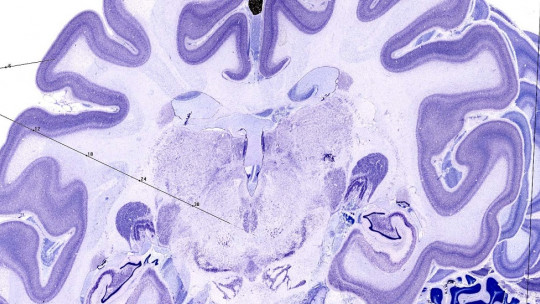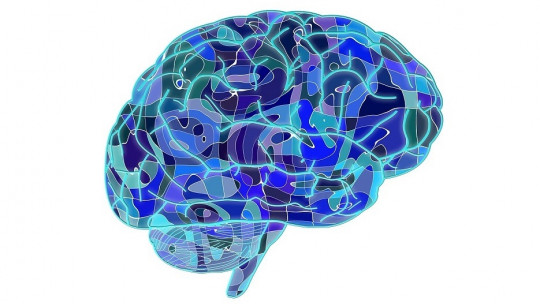Many times, when we talk about what we remember or fail to remember, we are referring not to general knowledge about the world, but about ourselves and our experiences. In this case we are the main experts, and we cannot speak of having more or less culture because we know more or less details about our life, since we decide which parts are relevant and which are not.
This type of memory based on the memories of our lives is episodic memory , and our brain has a system of nerve cells specialized in keeping it functioning, which produces curious phenomena. Next we will see what the characteristics of this mental capacity are.
What is episodic memory?
What is known as episodic memory is the type of memory responsible for processing and storing autobiographical information of each one and, specifically, that facet of one’s own experiences that can be expressed in words or images. In other words, it is the set of higher psychological processes that creates narrative memories about one’s own life, what one has gone through.
Childhood memories are the typical example of declarative memory, since they are made up of short stories, anecdotes that one has experienced in the first person and are linked to information about contexts one has gone through
Thus, episodic memory is made up of data related to a place and a moment located at some point in our past, regardless of whether these memories are more precise or more blurred.
On the other hand, and contrary to what was defended for decades by psychological currents related to psychoanalysis, These memories are almost always conscious (and, therefore, limited), although sometimes, if the trace they left is very weak, they can disappear for a time to reappear timidly later, although in no case do they return in great detail or through a phase cathartic; The case of false memories instilled by another person is different, since they do not correspond to something that really happened.
Distinguishing it from emotional memory
It must be taken into account that episodic memory overlaps a lot with another type of memory that, despite working together with the first, is governed by different logics: emotional memory.
This set of mental processes is responsible for leave an emotional mark linked to past experiences that is, something that cannot be expressed in words.
For example, when we smell something that reminds us of our youth in a small town, That information goes beyond words and what can be narrated and transmitted to others; After all, it is made up of subjective emotions. We can explain stories about the things we experienced in that place, but we cannot spread emotions in such a direct way, only an approximation.
In short, emotional memory is not part of the category called “declarative memory”, composed of semantic and episodic memory, and therefore is not composed of concepts.
Parts of the brain involved
Possibly, the two most relevant brain structures in the functioning of episodic memory are the hippocampus and the cerebral cortex, especially the one found in the temporal lobes.
The hippocampi (as there is one in each hemisphere of the brain) are structures located on the inner side of the temporal lobes, and are believed to act as a “directory” of information. That is encode memories belonging to declarative memory and then they let these migrate to other areas of the brain, distributed throughout almost the entire cerebral cortex, which is where they are “stored” (the role of the prefrontal cortex is especially important).
In comparison, for example, emotional memory depends much more on another pair of structures known as the amygdalae, and less on the hippocampi. Thus, People with damaged hippocampi can remember very little about their lives and yet preserve emotional responses to certain stimuli linked to their past: a house, a song, etc.
Disorders that damage it
As episodic memory memories are distributed throughout a large part of the brain, there are many pathologies and types of accidents capable of damaging it. In practice, dementia is the one that suffers the most by wearing down this mental capacity (along with the rest of the types of memory). The case of Alzheimer’s disease is known precisely because autobiographical memories are lost as the pathology progresses.
Other diseases capable of damaging it are brain tumors, ischemia in the brain, encephalitis in some of its varieties and a large number of serious neurological disorders, such as Korsakoff syndrome or spongiform encephalopathies that cause holes in the tissues of the nervous system.









